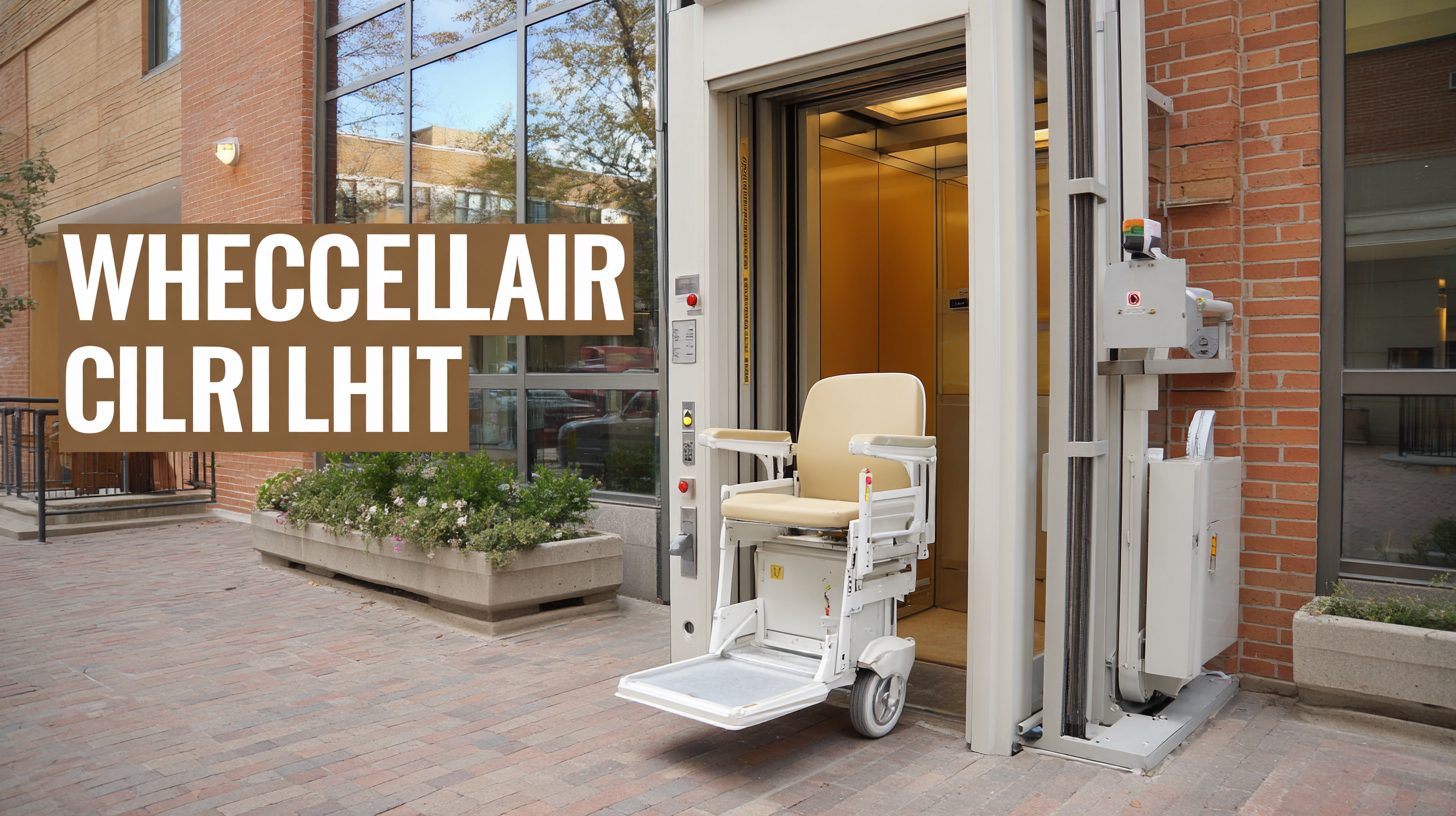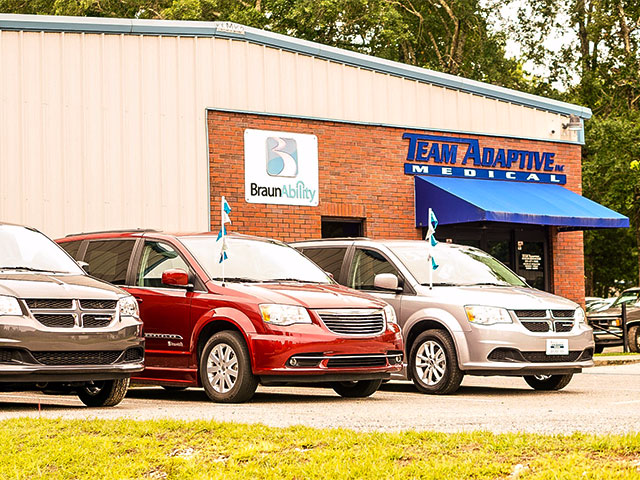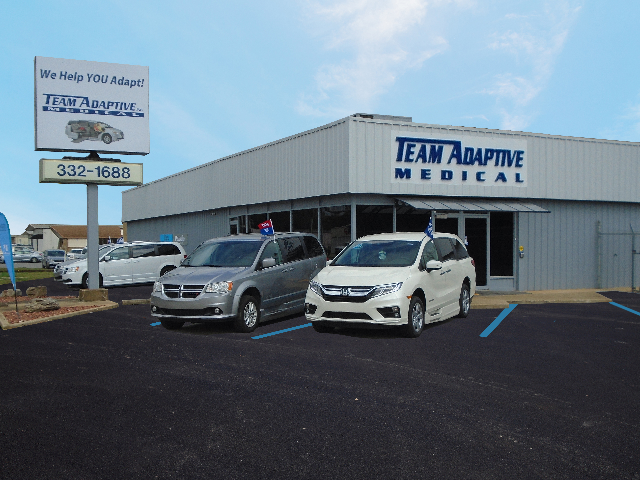
Discover the Technical Specifications of the Best Wheelchair Lift for Home and How to Choose the Right One
As the demand for accessibility solutions continues to rise, the market for Wheelchair Lifts for Home is projected to experience significant growth, with an expected increase of over 8% annually through 2025, according to industry reports. This surge is driven by the aging population and the growing awareness of disabilities that require practical and effective mobility solutions. Understanding the technical specifications of these lifts is essential for homeowners seeking to enhance their living spaces with safety and convenience in mind. Choosing the right Wheelchair Lift for Home not only improves accessibility but also contributes to the independence of individuals with mobility challenges. In this blog, we will explore the key technical specifications of the best available wheelchair lifts and provide a comprehensive guide on how to select the most suitable option for your home.

Benefits of Robust After-Sales Service in Wheelchair Lift Industry
When selecting a wheelchair lift for home use, the technical specifications are crucial, but equally important is the quality of after-sales service offered by the manufacturer. A robust after-sales service ensures that any potential issues with the wheelchair lift are addressed promptly and effectively. This support can encompass regular maintenance, troubleshooting, and access to replacement parts, all of which contribute to the longevity and reliability of the lift. Customers who know they have reliable service backing their purchase often feel more confident in their decision, which can ultimately enhance their overall experience.
Moreover, a strong after-sales service program can offer peace of mind to users and caregivers alike. In the event of breakdowns or malfunctions, having a dedicated support team can minimize downtime and disruptions in daily routines. Manufacturers that prioritize after-sales service not only foster trust with their customers but also demonstrate a commitment to ensuring that their products meet the needs of those with mobility challenges. This kind of support can make a significant difference in a user’s quality of life, turning a purchase into a long-term investment in personal freedom and accessibility.
Discover the Technical Specifications of the Best Wheelchair Lift for Home and How to Choose the Right One - Benefits of Robust After-Sales Service in Wheelchair Lift Industry
| Specification | Details |
|---|---|
| Weight Capacity | Up to 600 lbs |
| Lift Height | Up to 10 feet |
| Platform Size | 30" x 48" |
| Control Type | Wireless remote and wired controls |
| Power Supply | 12V battery with charger |
| Installation Type | Indoor/Outdoor options available |
| Safety Features | Safety gates, emergency stop button, and non-slip surface |
| Warranty | 5 years on parts, 1 year on labor |
| After-Sales Service | 24/7 customer support and maintenance options |
Understanding Maintenance Costs: What to Expect for Wheelchair Lifts
When considering a wheelchair lift for home use, understanding maintenance costs is crucial for making an informed decision. According to a report by the International Elevator and Escalator Industry, the average annual maintenance cost for a residential wheelchair lift ranges between $250 to $700. This figure often varies based on several factors, including the frequency of use and the type of lift system installed. Regular servicing is essential, as neglect can lead to expensive repairs, which can exceed $2,000 for major components.
Moreover, it's important to factor in the potential costs of parts replacement. A recent survey by the American National Standards Institute (ANSI) highlighted that standard parts, such as motors and control panels, may need replacement every five to ten years, averaging around $1,000 for parts alone. Additionally, ensuring that the installation company provides a comprehensive maintenance plan can safeguard against unforeseen expenses. By budgeting for these costs, homeowners can enjoy the benefits of a wheelchair lift while minimizing financial surprises in the future.
Comparative Analysis: After-Sales Support Across Leading Wheelchair Lift Brands
When selecting a wheelchair lift for home use, one critical aspect that often gets overlooked is the quality of
after-sales support offered by different brands. After purchasing a lift,
having reliable customer service can significantly affect the user experience,
especially if issues arise or if the product requires maintenance. A comparative analysis of leading wheelchair
lift brands reveals significant differences in after-sales support, which can influence your decision.
 Brands like ThyssenKrupp and Bruno
typically offer robust after-sales services, including comprehensive warranty packages, timely maintenance
checks, and readily available customer support. These features not only ensure the longevity of the lift but
also provide peace of mind to users. In contrast, other companies may fall short in areas like
response time and availability of parts, which can lead to
frustration for customers relying on their lifts daily. By evaluating the level of after-sales support,
consumers can choose a wheelchair lift that not only meets their technical needs but also offers
reliable ongoing assistance.
Brands like ThyssenKrupp and Bruno
typically offer robust after-sales services, including comprehensive warranty packages, timely maintenance
checks, and readily available customer support. These features not only ensure the longevity of the lift but
also provide peace of mind to users. In contrast, other companies may fall short in areas like
response time and availability of parts, which can lead to
frustration for customers relying on their lifts daily. By evaluating the level of after-sales support,
consumers can choose a wheelchair lift that not only meets their technical needs but also offers
reliable ongoing assistance.
Key Technical Specifications to Consider for Optimal Lift Performance
When selecting the best wheelchair lift for home use, it's essential to focus on key technical specifications that ensure optimal performance and safety. One critical factor is the weight capacity of the lift. According to the National Association of Elevator Contractors (NAEC), most residential wheelchair lifts have a weight capacity ranging between 350 lbs to 750 lbs, accommodating a variety of users and their mobility devices. It’s advisable to choose a lift that exceeds the expected user weight to enhance safety and durability.
Another important specification is the platform size. The Americans with Disabilities Act (ADA) recommends a minimum platform size of 36 inches wide by 54 inches deep for comfortable maneuvering. This ensures sufficient space for users to enter and exit the lift without feeling cramped. Additionally, features such as hydraulic or electric operation can significantly affect lift speed and reliability.
According to a report by the International Association of Accessibility Professionals (IAAP), hydraulic lifts generally offer smoother rides and require less maintenance, making them a favorable choice for residential settings. Therefore, understanding these specifications will lead to a better-informed decision when investing in a wheelchair lift for home use.
Evaluating Warranty Terms and Their Impact on Long-Term Lift Investment
When considering a wheelchair lift for home use, evaluating warranty terms is crucial for ensuring a sound long-term investment. A comprehensive warranty can be indicative of the manufacturer's confidence in their product's reliability and durability. Buyers should carefully analyze the warranty coverage, including what parts are included, the duration of the warranty, and any conditions that might void it. This diligence can prevent unexpected costs related to repairs or replacements over the lift's lifespan.
In addition to warranty considerations, the rising complexity of managing shared living spaces emphasizes the need for accessible solutions like wheelchair lifts. As the demand for these lifts increases, it’s essential for consumers to balance quality and cost. Investing in a reputable brand with solid warranty terms can lead to better reliability and support, alleviating concerns that may arise with cheaper alternatives. Just as joint management bodies must navigate the intricacies of strata living, individuals must thoroughly assess the technical specifications and warranty options to make informed decisions in their accessibility investments.













